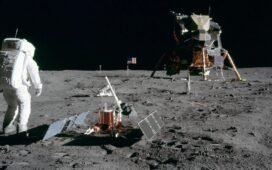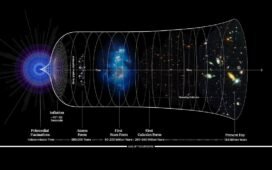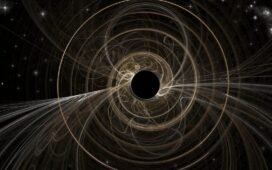Looking at a dark, night sky has filled humans with a sense of awe and wonder since prehistoric times. But appearances can be deceiving.
Observing the night sky consistently produces wondrous feelings of awe.
Overhead, the Moon, planets, and thousands of stars await.
The Milky Way’s plane, plus several deep-sky objects, are often visible.
But naked eye appearances don’t always match reality.
5.) Fully half of all stars aren’t isolated points of light.















